Life
Sign up for our newsletter
We summarize the week's scientific breakthroughs every Thursday.
-
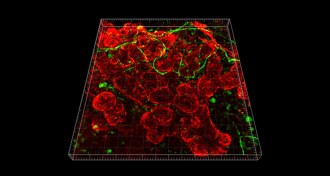 Life
LifeEngineered salivary glands keep juices flowing
Organs grown in a lab dish do their job when transplanted into mice.
-
 Animals
AnimalsThe giraffes that sailed to medieval China
Chinese exploration of the world is often left out of Western textbooks (at least it was left out of mine), but for a brief period, from 1405 to 1433, the Chinese under Ming emperor Yongle sent out numerous trade missions that reached as far as present-day Kenya. During the fourth expedition, which left China in 1413, part of the fleet led by commander Zheng He sailed to Bengal in India, where in 1414 they met envoys from the African coastal state of Malindi (now part of Kenya). The men from Malindi had brought with them as tribute giraffes, and they gave one of those giraffes to the Chinese, who took it home.
-
 Microbes
MicrobesMicrobes signal deceased’s time of death
In a study using mice, germs accompany the body’s decay in a consistent time sequence.
-
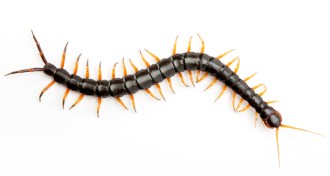 Animals
AnimalsCentipede venom fights pain
Molecule from toxin makes mice less sensitive to pain, may work as well as morphine.
-
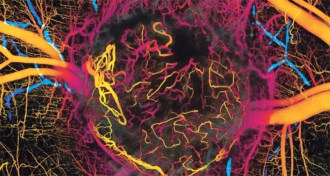 Life
LifeDangerous Digs
By properly managing a tumor cell’s microenvironment, cancer researchers are making cancer something people live with, not die from.
-
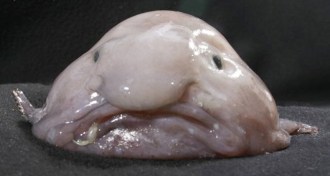
-
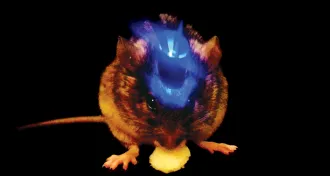 Neuroscience
NeuroscienceAn on-off switch for eating
By triggering or silencing certain brain cells, scientists can get mice to feed or stop feeding regardless of hunger.
-
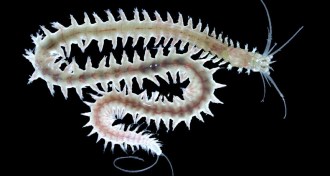 Life
LifeNewfound biological clocks set by the moon
Two unrelated marine organisms have rhythms dictated by tides, lunar cycle.
-
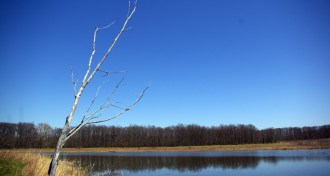
-
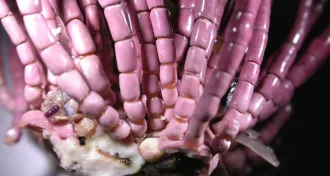 Plants
PlantsHard-shelled seaweed survives by its loose knees
Stringy joints between calcified algae’s segments don’t break easily under repeated stresses.
By Susan Milius -
 Life
LifeImmune protein explains skin diseases’ link to infection
Molecule called IL-29 protects people with psoriasis from viruses.
-
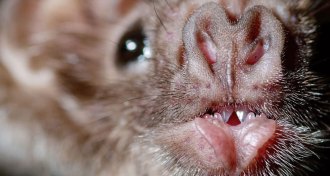 Animals
AnimalsVampire reality check
A vampire bat drinks one meal a night, and missing just three nights in a row would probably kill the animal.
By Susan Milius